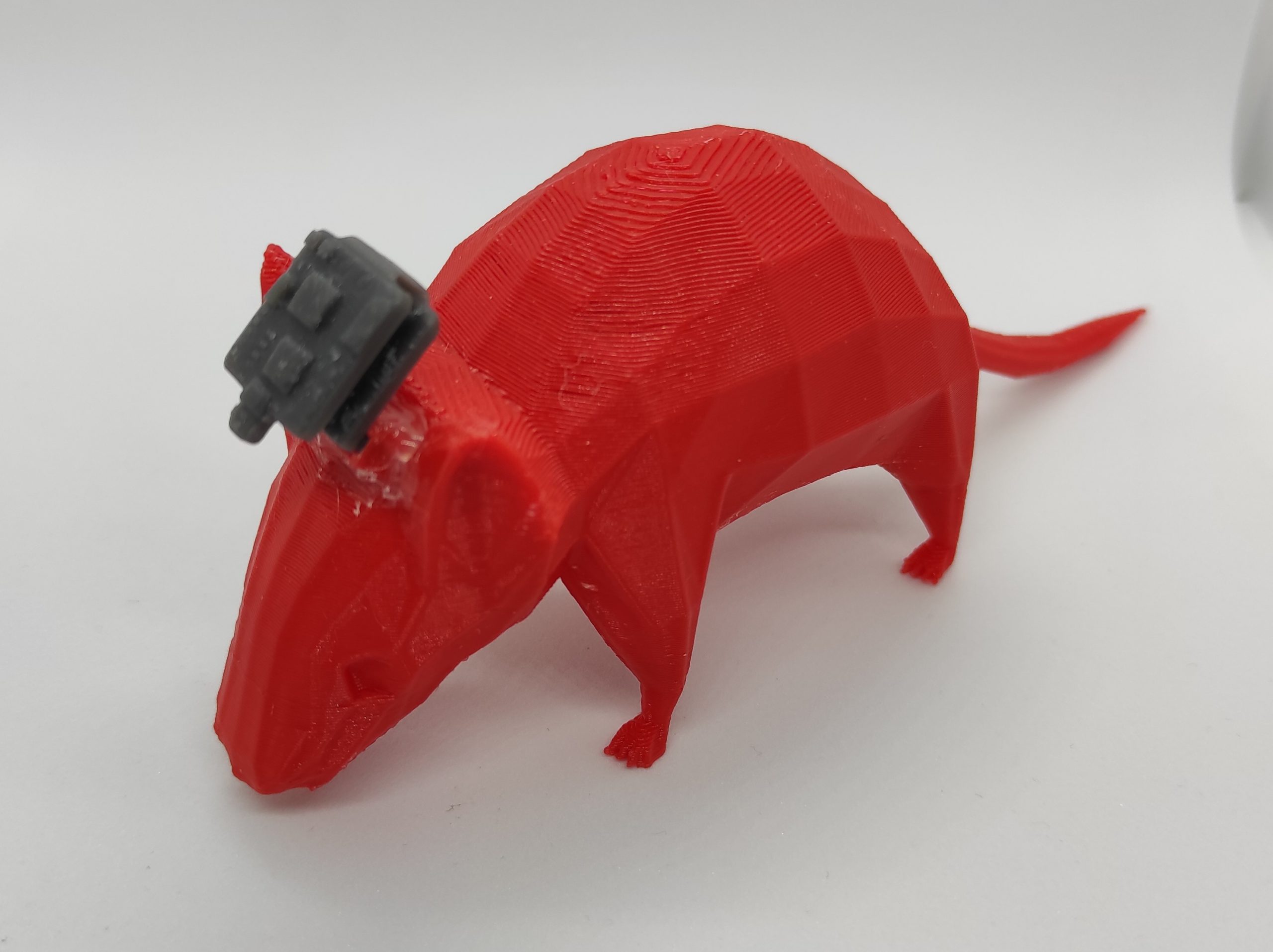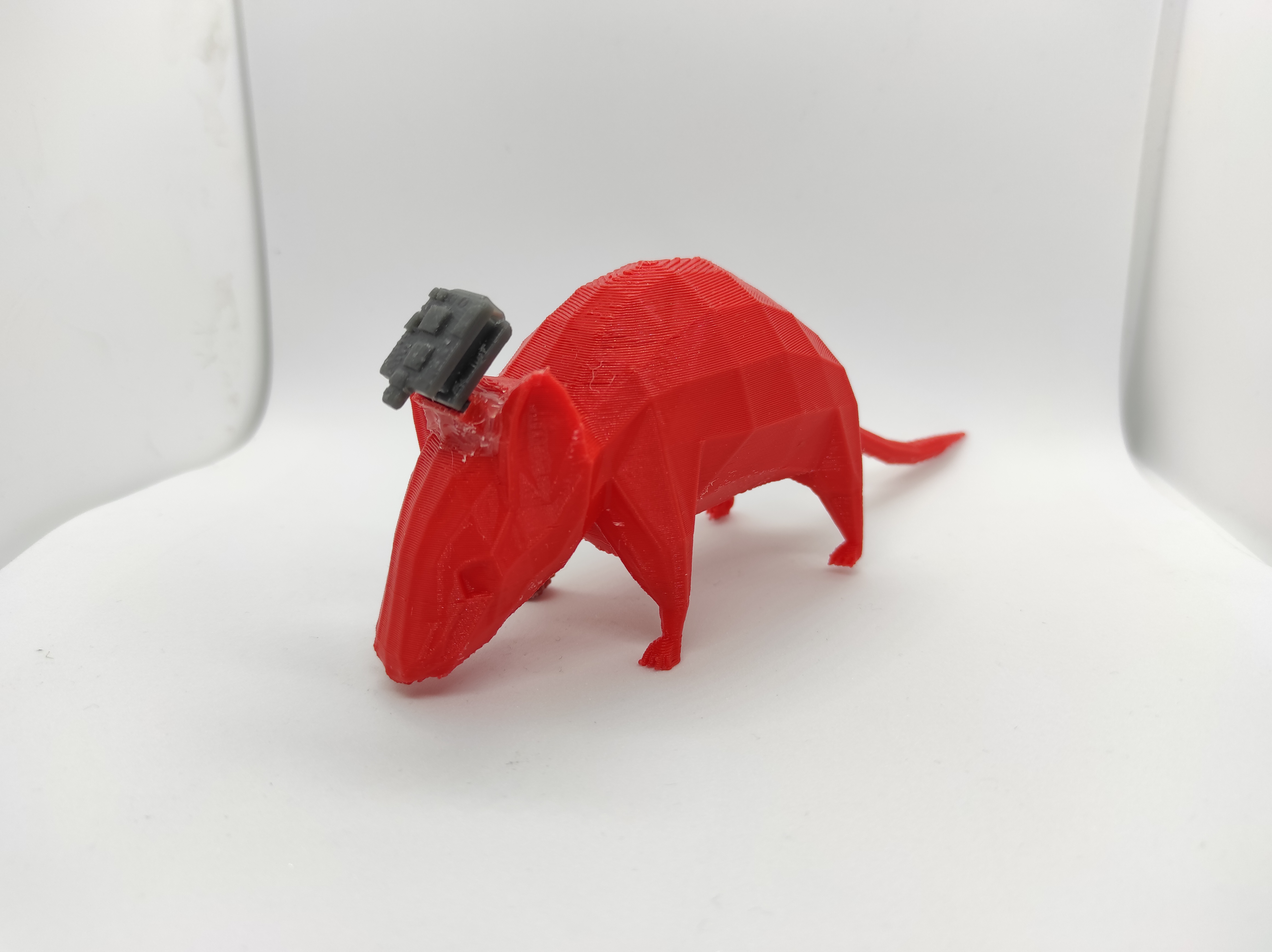A Prototype of the Complex Will Help Explore Various Parts of the Rodent Brain
SPbPU scientists have developed a complex that makes it possible to study the electrophysiological activity of various parts of the brain and analyze the effect of therapeutics that slow down the laboratory mice’s neurodegenerative diseases pathogenic pathway in real time.

SPbPU has designed a complex allowing to study the electrophysiological activity of various parts of the brain and analyze the effect of therapeutics that slow down the laboratory mice’s neurodegenerative diseases pathogenic pathway (e.g. Alzheimer’s disease) in real time. The results of the study are presented in a scientific paper.
“In cooperation with the Digital Technologies in Biomedical Systems Research and Development Complex of the World-Class Research Center for Advanced Digital Technologies staff (in particular, with the lead researchers of the WCRC Olga L. Vlasova, Ilya B. Bezprozvanny, and other researchers of the Laboratory for Molecular Neurodegeneration), we have implemented a hardware and software complex for studying the rodents brain, which, among other things, allows brain stimulation using light exposure. It can also be used to analyze how therapeutics for neurodegenerative diseases, in particular, Alzheimer’s and Huntington’s diseases, affect the brain. One of the main features of the system is the wireless mode. This means that, unlike its analogues, it does not restrict the mouse’s movement or interfere with its normal life,” said Marina Bolsunovskaya, Head of the Industrial Systems for Streaming Data Processing Laboratory of the SPbPU NTI Center.
Previously, it was possible to study the effects of therapeutics on mice only after the therapy by brain autopsy and examining brain slices. Such an operation allowed to determine the effect of a therapeutic on mice only post factum. In addition, the study of brain activity with conventional electrodes could lead to necrosis of experimental animals’ neural tissue, so the data could be acquired in a very short period of time, since such experiments led to the rapid death of rodents. The new system uses an array of microelectrodes that damage brain tissue to a much lesser extent, which gives more time for research.
The device with an integrated battery designed at SPbPU is a small implant connected to electrodes installed in the rodent’s brain. The data is transmitted to the computer in real time. If necessary, the module can be removed from the slot on the rodent’s head and charged. The base station acts as a charger. In operating mode (i.e. when the module is installed on the rodent), it receives data and transmits it to the computer.
“Firstly, small electrodes reduce the risk of necrosis; it will not be immediately lethal for the subject. Secondly, there are a lot of them, so that a “comb” of electrodes is formed. This allows to simultaneously transmit a large amount of data from different parts of the brain. Thus, we can get more precise and comprehensive data on drug trials in real time and expand the field for drug research in general,” Marina Bolsunovskaya noted.
The system was designed within the World-Class Research Center for Advanced Digital Technologies established under the “Science and Universities” national project in 2020. World-class research centers are established at scientific institutions, universities or their consortium-like associations to carry out research and development in priority areas of scientific and technological development of Russia.



